The Complete Guide to Superficial Reflexes
What are Superficial Reflexes?
When skin or mucous membrane sensory receptors are stimulated, involuntary muscular contractions known as superficial reflexes are triggered. Because of the numerous synapses that exist between the motor and sensory neurons, they are polysynaptic. The neurons that connect the muscles to the spinal cord, known as lower motor neurons (LMNs), mediate superficial reflexes.
For the body to be safe from damage and to maintain proper muscle tone, superficial reflexes are crucial. The abdominal reflex shields the contents of the abdomen, whereas the corneal reflex aids in shielding the eyes from foreign objects.
The nervous system’s basic operation depends on reflexes, which are quick, involuntary, and patterned reactions to particular stimuli. Because the body can respond swiftly to a variety of sensory inputs thanks to these autonomic processes, they are essential to our survival and serve to shield us from potential harm.
List of Superficial Reflexes:
- Corneal Reflex.
- Conjunctival Reflex.
- Nasal reflex.
- Abdominal Reflex.
- Cremasteric Reflex.
- Planter Reflex.
- Pupillary Reflex.
- Pharyngeal Reflex.
- Scapular Reflex.
- Anal Reflex.
Different Superficial Reflexes
Although there are many distinct superficial responses, some of the most prevalent ones are as follows:
- Corneal reflex: A tiny wisp of cotton applied to the cornea will trigger this reflex. There’s a flicker of response.
- Conjunctival reflex: This reflex is triggered by lightly wiping a cotton swab over the conjunctiva or the lining of the eyelid. There’s a flicker of response.
- Nasal reflex: Irritating the nasal mucosa with a feather or other light object triggers the nasal reflex. A sneeze is the reply.
- Abdominal reflex: To trigger the abdominal reflex, stroke the abdomen in each of the four quadrants surrounding the umbilicus. The muscles in the abdomen contract in reaction.
- Cremasteric reflex: Males’ inner thighs can be stroked to trigger the cremasteric reaction. The cremaster muscle contracts in response, pulling the testicle up and into the scrotum.
- Plantar reflex: To trigger the plantar reflex, rub the bottom of the foot from the heel to the toes. The typical reaction is a toe flexion downward.
- Pupillary Light Reflex: Request that they concentrate on a specific object. A lit torch beams into his eye from the side. The pupil’s constriction indicates a positive reflex. Constricting the pupil of the opposing eye is a known consequence of consensual light responses. Conversely, the identical actions are taken.
- Pharyngeal Reflex: Another name for it is the palatal reflex. Request that the person open his mouth while closing one eye. The subject’s tongue is flattened using a tongue depressor. The pillars of the tonsillar fossa contract when a probe is placed up against the posterior wall of the pharynx.
- Scapular Reflex: Upon scratching the interscapular skin, a distinct contraction of the scapular muscle is seen. From the first thoracic to the fifth cervical nerve, this reaction receives neural input.
- Anal Reflex: Anal sphincter contraction occurs when the skin near the anus is scraped or massaged. The reflex has been associated with the S2 and S3 spinal segments.
A neurological exam may include testing superficial reflexes. Reflexes that are abnormal may indicate nervous system injury. For example, missing superficial reflexes may be indicative of a sickness affecting the lower motor neurons, whereas hyperactive superficial reflexes may be indicative of an upper motor neuron condition.
In addition to aiding in the diagnosis of some neurological disorders or injuries, superficial reflexes are crucial for evaluating the integrity of particular brain networks. These reflexes’ existence or lack, along with aberrant reactions, can reveal important details about how the nervous system operates.
The following advice can be used to gauge superficial reflexes:
- Compare the outcomes of testing the body’s reflexes on both sides.
- Use little pressure while activating the mucosal or skin layers.
- Ask another medical expert to test the reflexes if you are unclear about the results.
Clinical Relevance
Superficial reflexes are a component of a thorough neurological examination. When it comes to neurological lesions, especially those that impact the spinal cord, brainstem, and peripheral nerves, the existence or lack of these reflexes might reveal important details regarding their location and type.
For instance, a lesion in the corticospinal tract above the level of innervation may be indicated by an absence of belly reflex, but upper motor neuron injury in adults is indicated by a positive Babinski sign.
FAQs
What does a superficial experience look like?
Superficial Sensation: The senses that are visible to the naked eye are produced by exteroceptors. Through the skin and subcutaneous tissue, they are exposed to stimuli from the outside world. The senses of pressure, light touch, warmth, and pain are all perceived by exteroceptors.
What is an example of a superficial reflex technique, if any?
The term “superficial reflex” refers to massage techniques that work solely on the skin and have an impact on autonomic balance, pain perception, and arousal levels. These methods consist of fine vibration, superficial stroking, and static touch.
What is a superficial cord reflex example?
superficial responses. Light physical stimulation of the skin, like caressing, triggers superficial reactions. Based on functional upper motor pathways and reflex arcs at the spinal cord level, the superficial reflexes are significant from a clinical standpoint. Abdominal and plantar reflexes are the most typical examples.
What differentiates deep reflexes from superficial reflexes?
Muscle stretch reflexes, or deep reflexes, are mediated by lower motor neuron (LMN) pathways, which are usually monosynaptic. An LMN lesion causes these reflexes to decrease, but an upper motor neuron (UMN) lesion causes them to rise.
How can one assess their surface reflexes?
By gently caressing the four abdominal quadrants close to the umbilicus using a wooden cotton applicator stick or other similar instrument, the superficial abdominal reflex is triggered. The umbilicus normally moves toward the area being stroked as a result of the contraction of the abdominal muscles.
Which kinds of superficial reflexes are there?
In order to examine sensory and motor pathways during a neurological examination, a superficial reflex a sort of involuntary motor response triggered by mild skin stimulation is evaluated.
References
- Superficial reflexes. (2022, October 6). Wikipedia. https://en.wikipedia.org/wiki/Superficial_reflexes
- Physiotherapist, N. P. (2023a, September 30). Superficial Reflexes. Mobile Physiotherapy Clinic. https://mobilephysiotherapyclinic.in/superficial-reflexes/

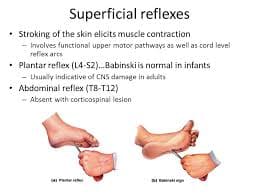
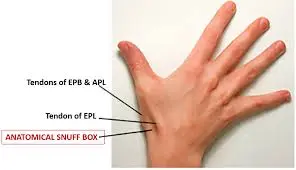
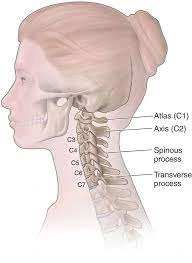
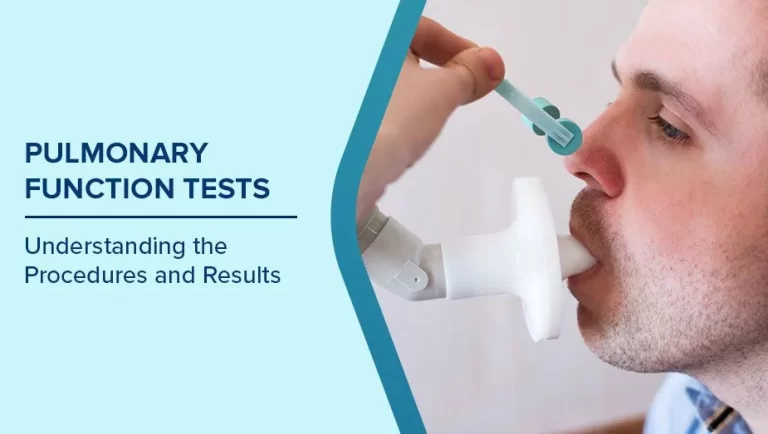
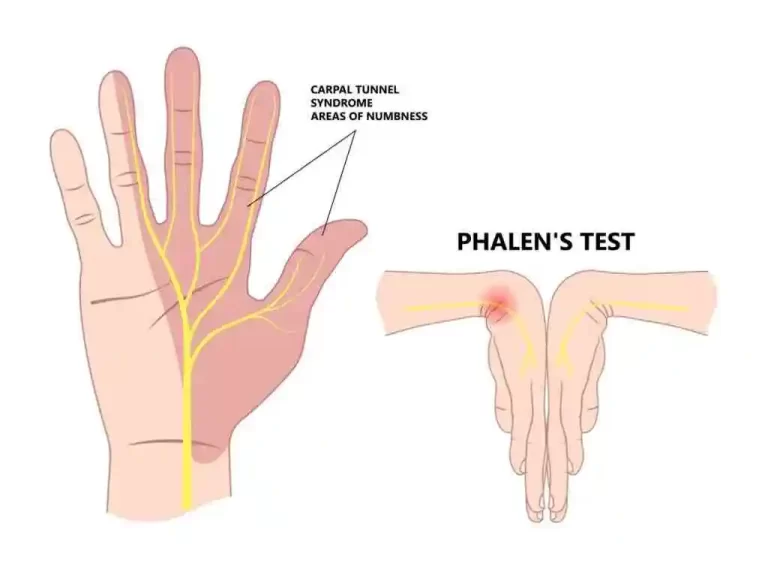
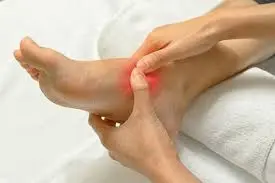
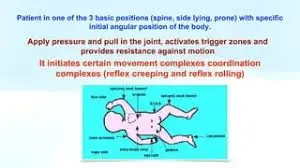
One Comment